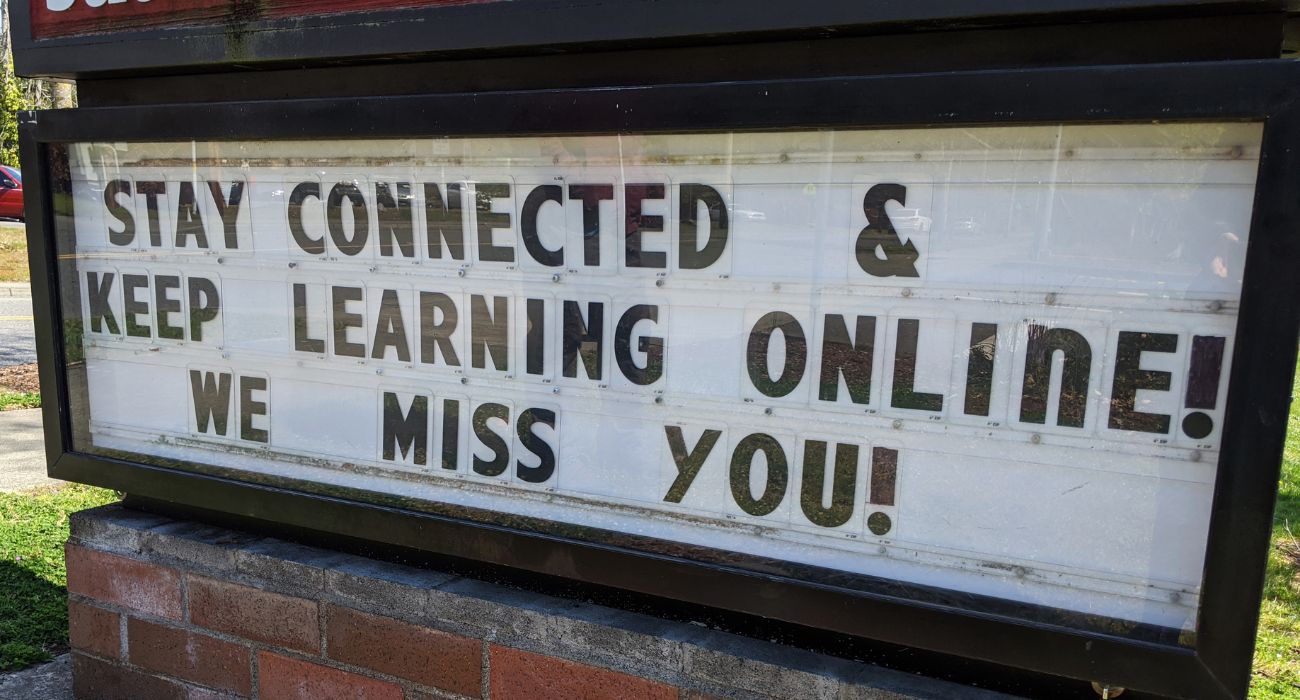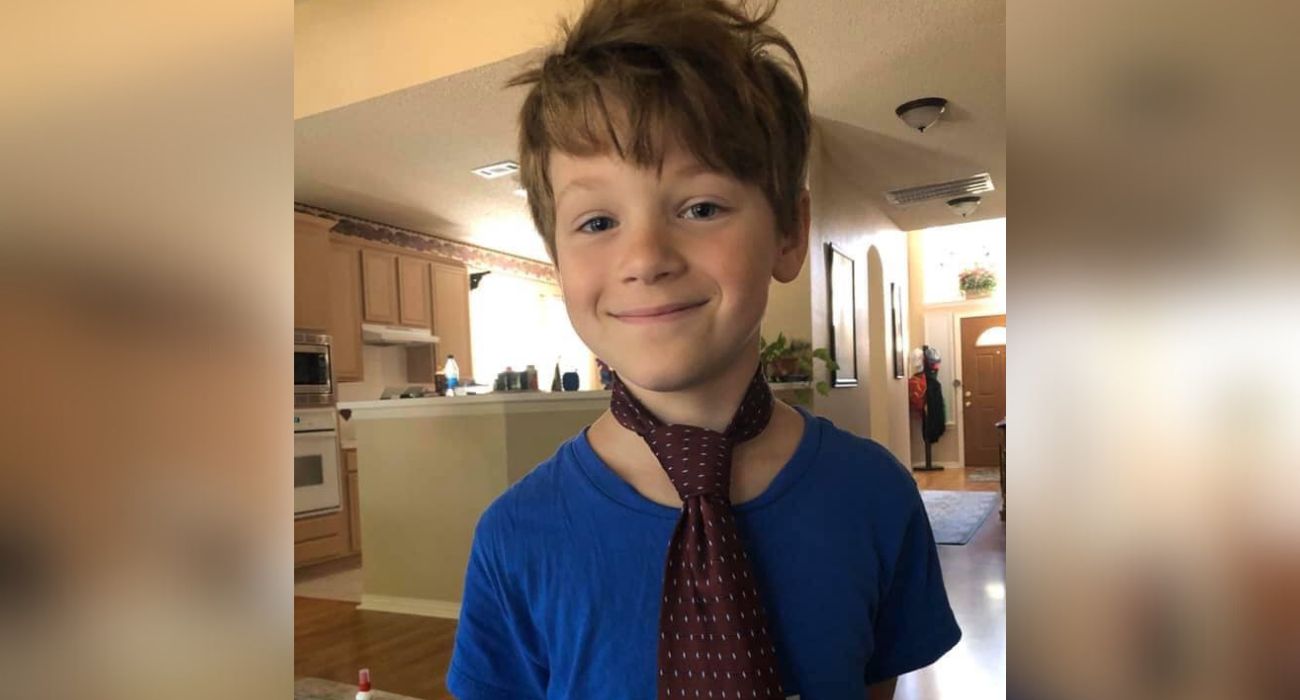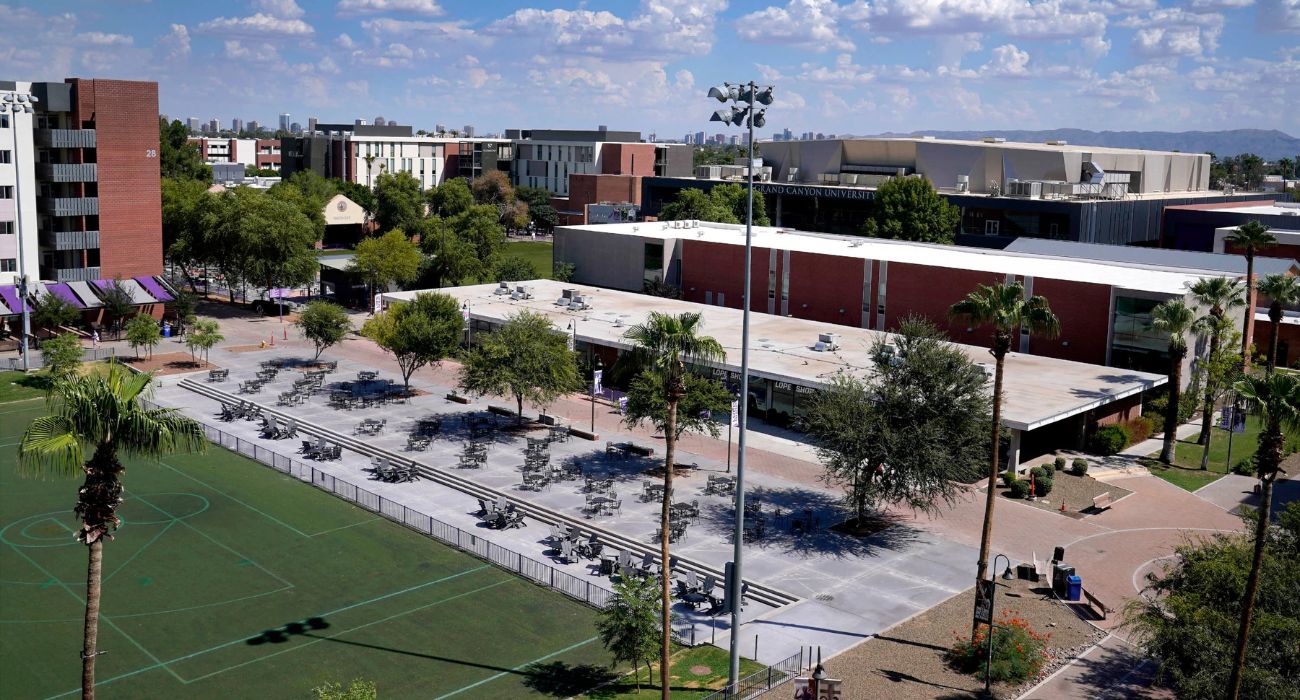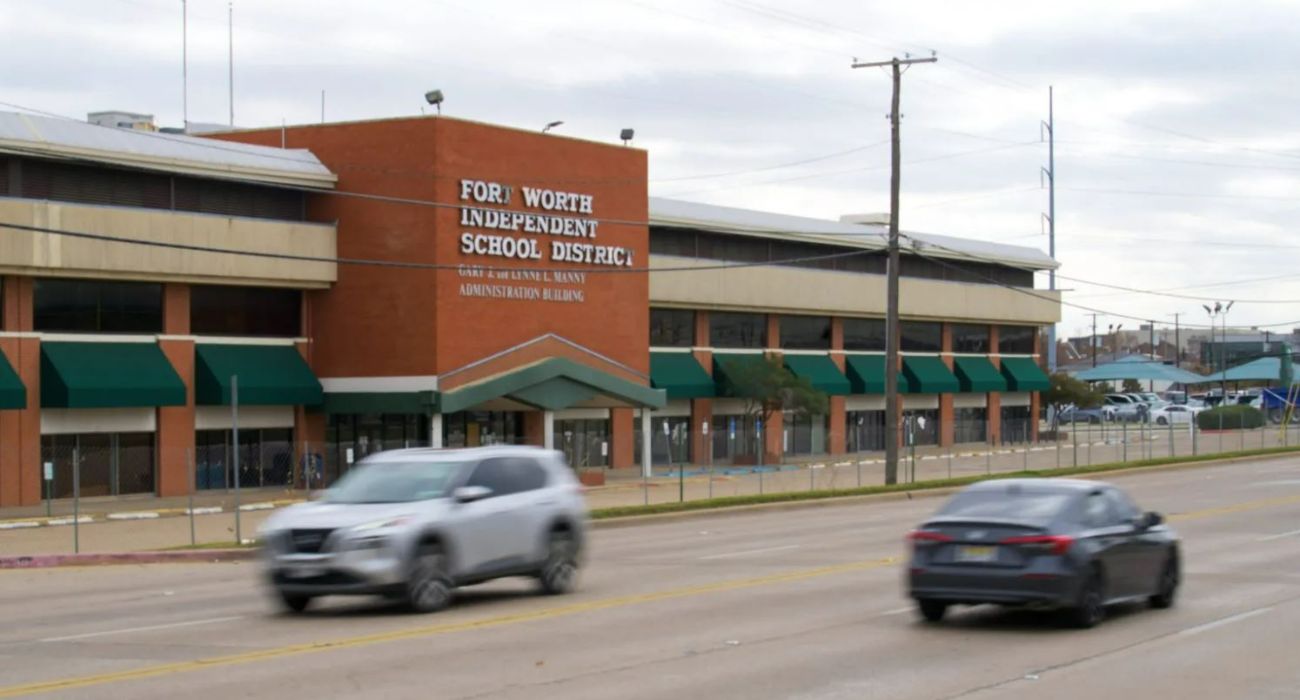Pandemic school closures and subsequent learning loss may cost students $70,000 in lifetime earnings, according to Stanford University economist Eric A. Hanushek, Ph.D.
Hanushek’s predictions are based on the decline in math scores on national standardized tests taken between 2019 and 2022. During that time period, math test scores on the National Assessment of Educational Progress (NAEP) fell an average of eight points nationally. This steep decline represents the largest in the exam’s history, which began in 1969.
According to Hanushek, the dip in scores is equivalent to missing 0.6 to 0.8 years of school.
Texas fared somewhat better than the national average, losing only seven points on NAEP math scores. Prior to the pandemic, Texas had a score of 280 in 2019, just one point below the national average of 281.
Hanushek fears that if the learning loss is not recovered, Texas students educated throughout the pandemic may earn 5% less than those educated before the pandemic.
As a result, Hanushek said that Texas may lose approximately 1.5% of its GDP over the duration of the 21st century.
Because of Texas’ large population, Hanushek predicts that the state will contribute over $900 billion in national GDP deficit over the next 70 years, second only to California. Nationwide, Hanushek predicts a $28 trillion GDP loss in that time period.
“The economic costs of the learning losses will swamp business cycle losses,” explained Hanushek.
Hanushek attributes the state-by-state variation of potential GDP loss to several factors, such as how early schools resumed regular courses and the size of the economic market. In Dallas, schools resumed in-person learning in October 2020 — earlier than in other large cities such as New York and Chicago.
“The economic loss for each state depends on both the learning losses suffered by its students and the size of the state’s economy. The lower skills of the state workforce lead to lower growth, and these costs accumulate over time,” wrote Hanushek.
Despite Hanushek’s dire predictions of stunted economic growth, Karyn Lewis, an NWEA researcher, believes that kids are resilient and learning loss is recoverable through an “all-hands-on-deck approach.”
Moreover, Lewis argues that younger students have already shown significant strides toward getting back on track. Lewis asserts that schools have already progressed toward academic recovery compared to last year.
“[A]t the beginning of this school year, it does appear the bleeding has stopped, but it’s going to be a long road before being fully healed,” Lewis said. However, utilizing effective methods toward recovering learning loss remains the “million-dollar question everyone is wondering right now,” she continued.
Hanushek believes that “just returning to the previous normal will leave the losses as permanent” and that schools are ultimately responsible for curing the COVID slide.
“The losses cannot be pinned entirely on the schools, even if they contributed to them. But the responsibility for recovery from these losses necessarily falls on the schools,” said Hanushek.
“If the schools are not made better, there will be continuing economic impacts as individuals and the nation will suffer from a society with lower skills,” he argued.
Despite hardworking and dedicated teachers doing their best to succeed, Dallas ISD continues to underperform due to its superintendent and Board of Trustees’ mismanagement and lack of concern for student outcomes. Undoubtedly, this has a long-term impact on lifetime earnings for the students who suffer as a result.






